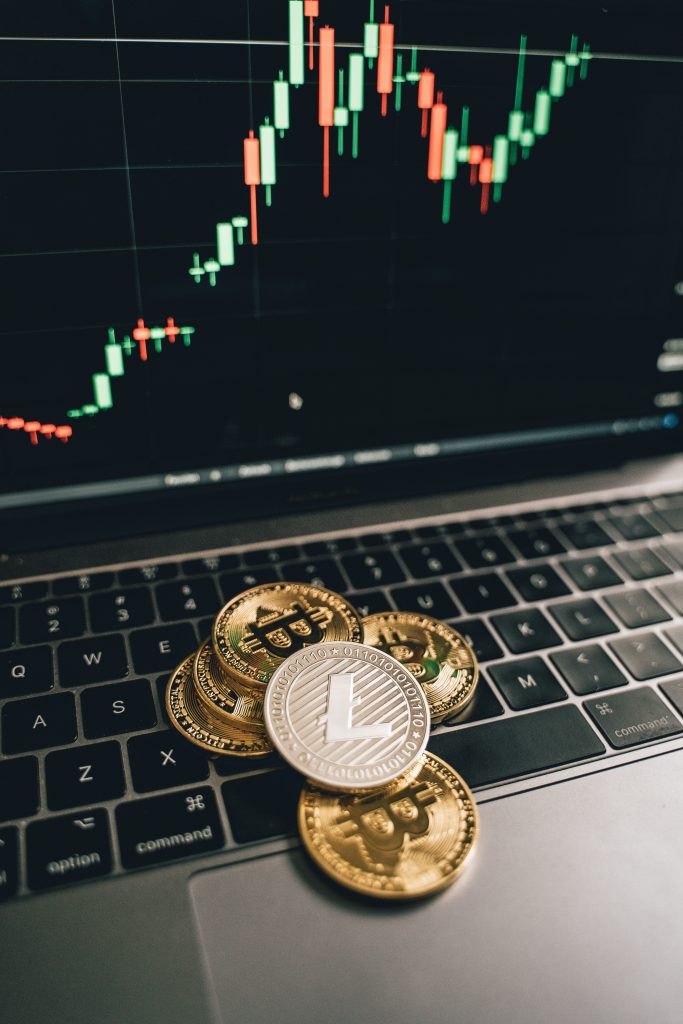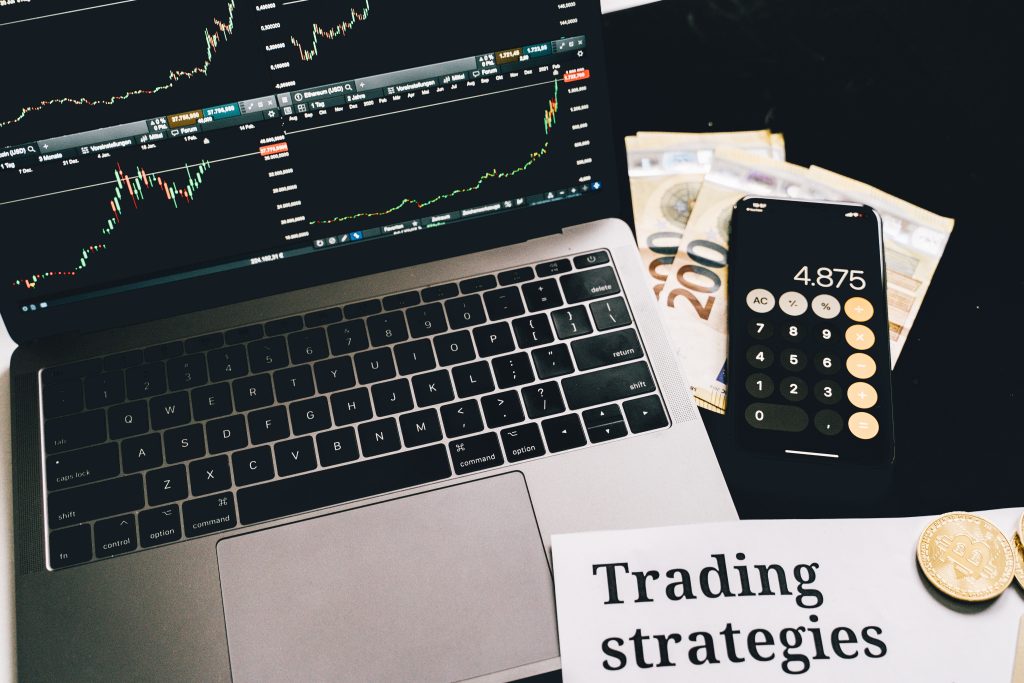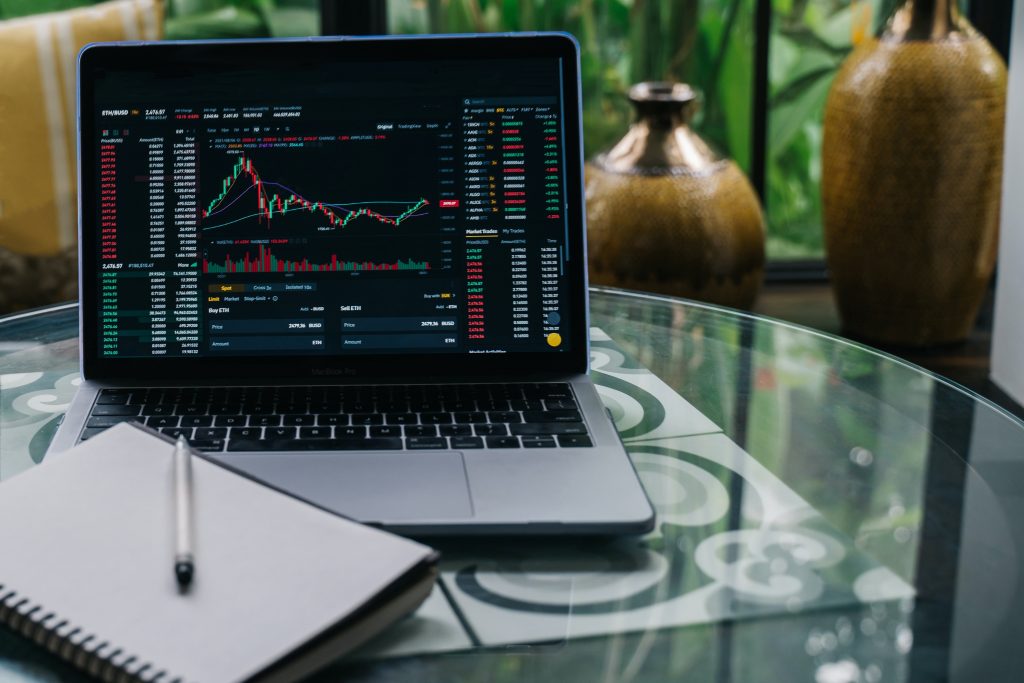Us stock market history, first trading, opening time closing time, notes, program, Lending money, how to make money from it, how to calm down in US Stock Market

Table of Contents
- Us stock market history, first trading, opening time closing time, notes, program, Lending money, how to make money from it, how to calm down in US Stock Market
- History of the U.S. stock market – us stock market
- U.S. Stock Market First Trading – us stock market
- U.S. Stock Market Opening Time, Closing Time
- U.S. Stock Market Notes – us stock market
- Type of U.S. stock market program to personal trader in home and professional trader in the company
- U.S. Stock Market Composite Index 1980-2023
- the most famous ant in the U.S. stock market – us stock market
- the most expensive stock on the U.S. stock market
- the most dangerous financial products on the U.S. stock market
- Stock Money Lending Methods in the United States – us stock market
- The day the composite stock index plunged more than 10% in the U.S.
- The year the composite stock index plunged more than 30 percent in the U.S.
- The best way to get the money from the U.S stock market, 10 different ways, list up.
- The best way to calm down, when we lose the money from the U.S stock market.
- The people in U.S, where they get the information about the Stock Market of U.S, common site and the best site among them.
- how to open the account of the U.S stock market for trading in U.S
- * Information about the stock market from Website
History of the U.S. stock market – us stock market
The U.S. stock market has a long and complex history dating back to the late 1700s. The first organized stock exchange in the U.S. was the Philadelphia Stock Exchange, established in 1790. In the early 1800s, the New York Stock Exchange (NYSE) was formed and quickly became the dominant exchange in the country. The stock market grew slowly but steadily throughout the 19th century, with occasional setbacks such as the Panic of 1857 and the Panic of 1907.
The stock market experienced significant growth in the early 20th century, fueled by the growth of large corporations and increased investment by individual Americans. The market reached an all-time high in 1929, but the stock market crash of that year marked the beginning of the Great Depression, which lasted for more than a decade.
The stock market rebounded during World War II and experienced steady growth in the post-war period. The market underwent significant changes in the 1960s and 1970s, as new regulations and technological advances made it more accessible to small investors. In the 1980s and 1990s, the market experienced a period of rapid growth and prosperity, driven by a strong economy and the rise of new industries such as technology.
The stock market faced significant challenges in the early 21st century, including the dot-com bubble of the late 1990s and the financial crisis of 2008. However, it has since recovered and continues to be a major driver of the U.S. economy, with many investors and businesses relying on it as a key source of capital and growth.

U.S. Stock Market First Trading – us stock market
The first trading of stock in the United States took place on May 17, 1792, when 24 stockbrokers signed the Buttonwood Agreement, which set guidelines for trading on Wall Street. This agreement, which was signed under a buttonwood tree at 68 Wall Street, is considered to be the birth of the New York Stock Exchange (NYSE). The NYSE is now one of the largest stock exchanges in the world, with a market capitalization of over $30 trillion.

U.S. Stock Market Opening Time, Closing Time
The U.S. stock market, represented by the New York Stock Exchange (NYSE) and NASDAQ, typically opens at 9:30 a.m. Eastern Time (ET) and closes at 4:00 p.m. ET, Monday through Friday. The market is closed on weekends and certain national holidays.
It’s worth noting that pre-market and after-hours trading also take place outside of regular market hours. Pre-market trading usually takes place from 8:00 a.m. to 9:30 a.m. ET, and after-hours trading usually takes place from 4:00 p.m. to 8:00 p.m. ET. However, trading volume and liquidity during these times may be lower, and prices may be more volatile.

U.S. Stock Market Notes – us stock market
There are a few key points to keep in mind when it comes to the U.S. stock market:
- The stock market is where publicly traded companies’ shares are bought and sold. When you buy a share of a company, you are effectively buying a small piece of ownership in that company.
- The stock market is often used as a barometer for the overall health of the economy. A rising stock market generally indicates a strong economy, while a falling market may indicate a weak economy.
- The U.S. stock market is composed of several exchanges, the most well-known being the New York Stock Exchange (NYSE) and the NASDAQ. These exchanges have different listings and regulations, but they function similarly.
- The stock market is subject to fluctuations and can be affected by a wide variety of factors, including economic conditions, company performance, and global events. As a result, the value of a particular stock can rise or fall rapidly.
- Investing in the stock market involves risk. It is important to conduct proper research and to diversify your portfolio to reduce risk. It’s also advisable to consult a financial advisor or professional before investing in the stock market.

Type of U.S. stock market program to personal trader in home and professional trader in the company
There are several types of programs available for both personal and professional traders in the U.S. stock market. Some of the most common include:
- Online Trading Platforms: These are web-based or mobile-based platforms that allow individuals to buy and sell stocks online. Some popular examples include TD Ameritrade, E-Trade, and Robinhood. Online trading platforms typically offer a wide range of tools and resources for research and analysis, as well as educational resources for new traders.
- Desktop Trading Software: This type of software is installed on a computer and offers advanced charting and analysis capabilities. Professional traders often use this type of software to conduct technical analysis and make trades. Examples include MetaTrader, TradeStation, and NinjaTrader.
- Broker-assisted Trading: This type of service allows individuals to place trades over the phone or online with the assistance of a licensed broker. This can be useful for new traders who are not yet comfortable making trades on their own.
- Automated Trading Systems: These systems use algorithms to automatically execute trades based on certain criteria. This type of trading is often used by professional traders and hedge funds.
- Social Trading Platforms: These platforms allow traders to share and follow the trades of other traders, in order to learn from more experienced traders or to copy their trades. Examples include eToro, ZuluTrade and NagaTrader.
It’s worth noting that some of these programs can be used by both personal and professional traders, while others may be more suited to one group or the other. It’s always good to do research and try out a few different platforms before committing to one.

U.S. Stock Market Composite Index 1980-2023
The U.S. stock market composite index is a measure of the overall performance of the stock market. The most well-known composite index in the U.S. is the S&P 500, which is a basket of 500 of the largest publicly traded companies in the U.S.
The S&P 500 has experienced significant fluctuations over the years and its performance is influenced by a variety of factors, including economic conditions, company performance, and global events. Here is a brief overview of the performance of the S&P 500 from 1980 to 2023:
- 1980-1990: The S&P 500 experienced a period of growth and stability, with an average annual return of around 15%.
- 1990-2000: The S&P 500 saw a period of strong growth, with an average annual return of around 18%.
- 2000-2008: The S&P 500 experienced a period of volatility, with a major downturn in 2001 and 2002, followed by a period of moderate growth. The index reached its all-time high of 1565.15 on October 9, 2007.
- 2008-2009: The S&P 500 experienced a major downturn due to the global financial crisis, with the index losing around 50% of its value.
- 2009-2017: The S&P 500 experienced a period of strong growth, reaching new all-time highs multiple times.
- 2017-2022: The S&P 500 experienced a period of volatility and correction, with several pullbacks, but overall the index continued to perform well.
- 2022-2023: The S&P 500 continued to perform well and reached new all-time highs, driven by the economic recovery from the pandemic and the supportive monetary policies.
It’s worth noting that past performance does not guarantee future results. Stock market performance can be affected by a wide variety of factors, including economic conditions, company performance, and global events.

the most famous ant in the U.S. stock market – us stock market
There are many notable figures in the U.S. stock market, but one of the most famous and successful investors is Warren Buffett.
Warren Buffett is the chairman and CEO of Berkshire Hathaway, a multinational conglomerate holding company. He is widely regarded as one of the most successful investors in history and is often referred to as the “Oracle of Omaha” for his ability to consistently generate strong returns for his investors.
Buffett is known for his value investing strategy, which involves buying undervalued companies with strong fundamentals and holding them for the long-term. He is also known for his emphasis on thorough research and analysis, as well as his focus on companies with strong management teams.
Over the years, Buffett has made a number of high-profile investments, including in companies such as Coca-Cola, American Express, and Wells Fargo. He is also known for his philanthropy, having pledged to give away the majority of his wealth to charitable causes through the Buffett Foundation and the Bill and Melinda Gates Foundation.
Buffett’s success in the stock market has made him one of the wealthiest people in the world and a respected figure in the business and investing community. He is widely considered as one of the most successful investors in the U.S. Stock Market.

the most expensive stock on the U.S. stock market
The most expensive stock on the U.S. stock market can vary depending on the market conditions and company performance, but historically, one of the most expensive stock is Berkshire Hathaway Class A shares.
Berkshire Hathaway is a multinational conglomerate holding company led by Warren Buffett, who is one of the most successful investors in history. The company has a diverse range of subsidiaries and investments, including in companies such as Coca-Cola, American Express, and Wells Fargo.
Berkshire Hathaway Class A shares are known for their high price, which at the time of my knowledge cut off in 2021, it was around $328,000 per share. The high price is due to the company’s long-term success and consistent performance, as well as its reputation as a blue-chip stock with a strong track record of growth and dividend payments.
It’s worth noting that the stock prices of the most expensive stock can change over time, and it’s always good to do research and analysis before investing in any stock. Additionally, the Berkshire Hathaway’s class B shares are available at a much lower price point, but they don’t have the same voting rights.
the most dangerous financial products on the U.S. stock market
It’s difficult to say which financial products are the most dangerous on the U.S. stock market, as the level of risk can vary depending on a variety of factors, such as market conditions, product complexity, and investor knowledge. However, some financial products that have been considered to be more risky or prone to abuse than others include:
- Derivatives: These are financial contracts that derive their value from an underlying asset, such as a stock or commodity. They can be complex and difficult to understand, and have been known to amplify risk and cause large losses.
- Leveraged ETFs: These exchange-traded funds use leverage to amplify returns, which can also amplify losses. They can also be complex and difficult to understand, and have been known to be misused by some investors.
- Structured products: These are financial products that are created by combining different types of securities, such as bonds and options. They can be complex and difficult to understand, and have been known to be misused by some investors.
- Subprime mortgages: These are mortgages that were given to borrowers with poor credit history and high-risk. They were a major cause of the 2008 financial crisis.
It’s important to note that investing in any financial product carries some level of risk, and it’s always good to do thorough research and analysis before investing in any financial product. Additionally, it’s important to keep in mind that past performance does not guarantee future results, and the prices of any financial product can fluctuate over time. It’s important to be aware of the characteristics and potential risks associated with any financial product before making an investment decision.

Stock Money Lending Methods in the United States – us stock market
There are several methods for lending money using stocks in the United States, including:
- Stock-based loans: These loans are secured by the borrower’s stock portfolio as collateral. The lender holds the stocks as collateral and the borrower can continue to trade the stocks while the loan is outstanding.
- Margin trading: This method allows investors to borrow money from a broker to purchase additional shares of stock. The shares are used as collateral for the loan, and the investor pays interest on the borrowed funds.
- Stock options: These financial contracts give the holder the right, but not the obligation, to buy or sell a specific stock at a set price within a certain period of time. Stock options can be used for speculation or hedging, and can be used to generate additional income from a stock portfolio.
- Stock lending programs: Some institutional investors and pension funds lend out their stock holdings to other investors who need to borrow shares for short selling or other purposes. This allows them to earn additional income from their stock portfolios.
It’s important to note that lending money using stocks carries some level of risk, and it’s always good to do thorough research and analysis before engaging in any of these activities. Additionally, it’s important to keep in mind that past performance does not guarantee future results, and the prices of any stock can fluctuate over time. It’s important to be aware of the characteristics and potential risks associated with any of these methods before making an investment decision.
The day the composite stock index plunged more than 10% in the U.S.
There have been several instances in which the U.S. stock market composite index, such as the S&P 500, has experienced a one-day drop of more than 10%. Some of the most notable examples include:
- Black Monday, October 19, 1987: The S&P 500 dropped by 22.6% in one day, marking the largest one-day percentage drop in history. The global stock markets had been rising rapidly, and many investors were concerned that prices were becoming too high, leading to a sell-off.
- The Dot-com bubble burst, April 14, 2000: The NASDAQ composite index dropped by 9.7% in one day, marking the largest one-day percentage drop in the index’s history. The NASDAQ had been rising rapidly due to the technology boom and many investors were concerned that prices were becoming too high, leading to a sell-off.
- The 2008 Financial crisis, September 29, 2008: The S&P 500 dropped by 9.03% in one day, the largest one-day percentage drop since the terrorist attacks of September 11, 2001. The market was reacting to the collapse of Lehman Brothers and the subsequent financial crisis.
- The 2020 COVID-19 pandemic, March 16, 2020: The S&P 500 dropped by 7.6% in one day, marking the largest one-day percentage drop since the 1987 crash. The market was reacting to the economic impact of the COVID-19 pandemic.
It’s important to note that these drops were caused by different factors and the market can experience a similar drop at any point of time and it’s always good to do thorough research and analysis before investing in any stock. Additionally, it’s important to keep in mind that past performance does not guarantee future results, and the prices of any stock can fluctuate over time.

The year the composite stock index plunged more than 30 percent in the U.S.
There have been several instances in which the U.S. stock market composite index, such as the S&P 500, has experienced a annual drop of more than 30%. Some of the most notable examples include:
- The Great Depression, 1929: The S&P 500 dropped by 89% in one year. The market was reacting to the global economic downturn and the stock market crash of 1929.
- The 2008 Financial crisis, 2008: The S&P 500 dropped by 37% in one year. The market was reacting to the collapse of Lehman Brothers and the subsequent financial crisis.
- The 2020 COVID-19 pandemic, 2020: The S&P 500 dropped by 34% in one year. The market was reacting to the economic impact of the COVID-19 pandemic.
It’s important to note that these drops were caused by different factors and the market can experience a similar drop at any point of time and it’s always good to do thorough research and analysis before investing in any stock. Additionally, it’s important to keep in mind that past performance does not guarantee future results, and the prices of any stock can fluctuate over time. Also, it’s important to diversify your investment portfolio and have a long-term investment strategy to weather out market downturns.

The best way to get the money from the U.S stock market, 10 different ways, list up.
There are several ways to make money from the U.S. stock market, including:
- Investing in individual stocks: This involves buying shares of a specific company and holding onto them with the hope that the company will perform well and the stock price will increase.
- Investing in mutual funds: This involves buying shares of a fund that holds a diversified portfolio of stocks, and the fund is managed by a professional money manager.
- Investing in exchange-traded funds (ETFs): This is similar to mutual funds but can be traded on an exchange like individual stocks and typically have lower expense ratios.
- Dividend investing: This involves buying stocks that pay dividends, which are regular payments to shareholders.
- Short selling: This involves borrowing shares of a stock, selling them, and then buying them back at a lower price to make a profit.
- Options trading: This involves buying or selling options contracts that give the holder the right to buy or sell a stock at a specific price at a specific time in the future.
- Swing trading: This involves buying and selling stocks over a short period of time, typically a few days to a few weeks, to take advantage of short-term price movements.
- Day trading: This involves buying and selling stocks on the same day, typically taking advantage of short-term price movements.
- Investing in real estate investment trusts (REITs): This involves investing in a trust that owns and operates income-producing real estate, such as commercial properties, apartment buildings, and shopping centers.
- Investing in other alternative investments such as hedge funds, private equity, and venture capital.
It’s important to note that all of these methods come with their own risks and rewards, and it’s always good to do thorough research and analysis before investing in any stock. Additionally, it’s important to diversify your investment portfolio and have a long-term investment strategy to weather out market downturns.

The best way to calm down, when we lose the money from the U.S stock market.
Losing money in the stock market can be stressful and disheartening, but it’s important to remember that it is a normal part of investing and that the stock market can be volatile in the short term. Here are a few ways to calm down and deal with the situation:
- Don’t panic: It’s important to avoid making impulsive decisions based on fear or emotion. Instead, take a step back and evaluate the situation objectively.
- Keep a long-term perspective: Remember that investing in the stock market is a long-term strategy, and short-term market fluctuations should not be taken as a sign of the overall health of your portfolio.
- Diversify your investments: Diversifying your portfolio helps to reduce the overall risk of your investments. Diversifying your investments across different asset classes and markets reduces the impact of any one investment’s loss on your overall portfolio.
- Review your investment strategy: It’s important to review your investment strategy and make sure it aligns with your goals and risk tolerance. If it doesn’t, consider making adjustments.
- Seek professional advice: Consult with a financial advisor or professional who can help you to evaluate your portfolio, and make any necessary adjustments.
- Take a break: Sometimes, it’s helpful to take a break from monitoring your investments and focusing on other things. Engage in activities you enjoy, spend time with friends and family, and get plenty of rest.
- Finally, Always have a plan, and sticking to it, even when things don’t go as planned can help you to manage your emotions and make better decisions.
It’s important to remember that losing money in the stock market is not the end of the world, and that it is possible to recover from losses over time. Stay calm, focus on the long-term, and stick to your investment strategy.

The people in U.S, where they get the information about the Stock Market of U.S, common site and the best site among them.
There are many sources of information on the U.S stock market, both online and offline. Some common sources include:
- News websites: Websites such as CNN Money, Bloomberg, and MarketWatch provide real-time news and analysis on the stock market, as well as financial news and data on individual companies.
- Financial news channels: Television channels such as CNBC, Fox Business, and Bloomberg Television provide live coverage of the stock market and analysis from financial experts.
- Social media: Platforms like Twitter and StockTwits allow users to share information and insights on the stock market, and follow market experts and analysts.
- Online forums and discussion boards: Websites such as Reddit, Investors Hub, and Seeking Alpha allow users to share information, ask questions, and discuss the stock market with other investors.
- Brokerage firms: Many online brokerage firms, such as E-Trade, TD Ameritrade, and Charles Schwab provide a wide range of resources and research tools to help investors make informed decisions.
- Financial Advisors: Financial Advisors provide a comprehensive guidance, and help the investor to make a better decision, regarding their stock market investments.
It’s important to note that no one source of information is the “best” source for everyone, as different investors will have different needs and preferences. It’s essential to consult multiple sources and evaluate the information carefully to make informed decisions about your investments.

how to open the account of the U.S stock market for trading in U.S
Opening an account to trade on the U.S stock market is a relatively straightforward process, and it can typically be done online. Here are the general steps to open an account:
- Research different brokerage firms: There are many brokerage firms that offer online trading services for the U.S stock market. You should research different firms to find one that fits your needs and preferences. Some popular firms include Charles Schwab, E-Trade, TD Ameritrade, and Fidelity.
- Gather personal and financial information: Before you open an account, you’ll need to provide some personal and financial information, such as your name, address, Social Security number, and employment information.
- Fill out the application: Once you’ve chosen a brokerage firm, you can typically start the application process online. You’ll need to fill out an application form, which will ask for your personal and financial information.
- Submit the application: After you’ve filled out the application, you’ll need to submit it to the brokerage firm. You may need to provide additional documentation to verify your identity, such as a driver’s license or passport.
- Fund your account: Once your account is approved, you’ll need to fund it before you can start trading. You can typically do this by transferring money from a bank account or by mailing a check.
- Start trading: Once your account is funded, you can start trading on the U.S stock market. You can place orders to buy or sell stocks through the brokerage firm’s online trading platform.
It’s important to note that some brokerage firms may have different requirements and procedures for opening an account, so be sure to review the specific details of the brokerage firm you choose.

Did you enjoy this article about the U.S stock market?
I believe that, If I didn’t know it, the other people could not know it.
That’s why I write the information on this site.
I hope you enjoy and get the information of something about it.
* Information about the stock market from Website
https://www.cnbc.com/us-markets/
https://edition.cnn.com/markets
https://www.wsj.com/market-data/stocks
Many Thanks.
Table of Contents
- Us stock market history, first trading, opening time closing time, notes, program, Lending money, how to make money from it, how to calm down in US Stock Market
- History of the U.S. stock market – us stock market
- U.S. Stock Market First Trading – us stock market
- U.S. Stock Market Opening Time, Closing Time
- U.S. Stock Market Notes – us stock market
- Type of U.S. stock market program to personal trader in home and professional trader in the company
- U.S. Stock Market Composite Index 1980-2023
- the most famous ant in the U.S. stock market – us stock market
- the most expensive stock on the U.S. stock market
- the most dangerous financial products on the U.S. stock market
- Stock Money Lending Methods in the United States – us stock market
- The day the composite stock index plunged more than 10% in the U.S.
- The year the composite stock index plunged more than 30 percent in the U.S.
- The best way to get the money from the U.S stock market, 10 different ways, list up.
- The best way to calm down, when we lose the money from the U.S stock market.
- The people in U.S, where they get the information about the Stock Market of U.S, common site and the best site among them.
- how to open the account of the U.S stock market for trading in U.S
- * Information about the stock market from Website
1) 유튜브 채널 – 10,500 구독자와 함께하는 유튜버 [ 큐레이터 단비 ]
– 유튜브 채널 ‘내’가 있는 유튜브와 블로그로 이루는 퍼스널 브랜딩 채널
2) 네이버 카페 커뮤니티
– [ 큐레이터 단비 – 퍼스널 브랜딩 커뮤니티 유튜브 온라인 수익화 방법 및 노하우 공유 ]
3) 본 블로그의 다른 글 보기
액션캠 악세사리 추천 – DJI 오즈모 액션4 추천








![[SUB] Vietnam Emerging Market -Vietnam’s Emergence as an Emerging Market (97470000 People) [SUB] Vietnam Emerging Market -Vietnam's Emergence as an Emerging Market (97470000 People)](https://min-inter.co.kr/wp-content/uploads/2023/03/020-Vietnams-Emergence-as-an-Emerging-Market-356x220.jpg)
![[SUB] North Korea’s Economic Crisis: Impact on Its Citizens (26160000 People) [SUB] North Korea's Economic Crisis: Impact on Its Citizens (26160000 People)](https://min-inter.co.kr/wp-content/uploads/2023/03/019-Why-does-North-Korea-turn-a-blind-eye-to-the-market-economy-and-stick-to-its-policy-of-closure-356x220.jpg)






![[Bitcoin market price] What’s Bitcoin? Cryptocurrency? The amount of information in COINMARKETCAP (the 1st encyclopedia in the cryptocurrency/virtual currency world)](https://min-inter.co.kr/wp-content/uploads/2022/01/20220118-비트코인시세-비트코인이-뭔가-암호화폐는-CoinMarketCap의-정보량암호화폐가상화폐-계의-1등-백과사전-수준-324x235.jpg)




